(Listen to the radio version here.)
In 1731, English naturalist Mark Catesby published the Natural History of Carolina, Florida, and the Bahamas, providing the first published description of the Ivory-billed Woodpecker. He gave it the four-word Latin name Picus maximus rostra albo, which means “the largest white-billed woodpecker.” In 1758, Linnaeus used Catesby’s account to add the bird to the 10th edition of his Systema Naturae, giving it his signature binomial name Picus principalis, Picus being the genus in which he placed just about all the woodpeckers. In 1829, John James Audubon also painted an Ivory-billed Woodpecker.
A handful of people have photographed Ivory-bills, including Arthur A. Allen on his expedition to the famous Singer Tract in Louisiana in 1935.
The bird is now extinct or it isn’t, but like Schrödinger’s cat, we can’t know for certain unless someone lucks into opening the box and not just seeing one but getting photos or videos to prove it.
Even after most people gave up on seeing an Ivory-bill in the United States, some continued to search in Cuba, the only other country on the planet where the species has been recorded, though there have been no confirmed Cuban sightings since 1986. (The last universally confirmed sighting in the United States was in 1944.) My guide in Cuba this time, Maikel Cañizares, has been one of the researchers searching for any evidence that the species continues to exist there. Our group stuck to the western half of Cuba’s main island, and none of the places we visited were particularly remote, so even if Ivory-billed Woodpeckers continue to survive in Cuba, we didn’t have a chance of seeing one.
The only woodpecker that is on both the eBird checklist and the official annotated Cuban checklist but not on virtually any other online site about Cuban birds and not in any field guide of Cuban birds is the Pileated Woodpecker, which has only been reported in the country (and documented with phone photos) by one person, Duniesky Urbano, who saw the bird for two days three years ago, in February 2022. It may well have been an individual blown over in a storm.
So of the seven woodpeckers on the Cuban checklist, only five are actually possible to see, and our group got to enjoy every one of them. (In October 2016, we saw only three.) Yellow-bellied Sapsuckers winter in Cuba, the first migrants arriving in October, but we missed them last time. This time I got to see adult and young sapsuckers working on their sap wells on three different days.
Cape May Warblers, who famously spend a lot of time at sapsucker drill holes up here in the north woods, especially during migration, winter in huge numbers in Cuba where we watched them feasting in those sapsucker holes.
We missed Northern Flickers in 2016, though we saw them twice this time around.
The Cuban subspecies is a fairly common year-round resident that is a likely candidate to be split into a separate species one day. That means that one morning when I go to eBird to generate or share a checklist, I may suddenly notice that my life list is one species longer than it was.
A different flicker is considered to be the rarest of the five regularly occurring Cuban woodpeckers. In 2016, we got a quick glimpse of Fernandina’s Flicker, an endemic species that I really wanted to see well, but we hurried on after getting a peek. This time we got to savor them on two separate occasions, including one courting or nesting pair.
Fernandina’s Flicker is wonderfully distinctive, its front and back covered with delicate barring.
The species mostly feeds on the ground—like other flickers, it specializes on ants—but we saw ours all in trees, where they are more conspicuous.
By far the most common Cuban woodpecker, which we saw multiple times just about every day, is the West Indian Woodpecker, a wonderfully photogenic close relative of our own Red-bellied Woodpecker.
And like our red-bellies, the West Indian Woodpecker is attracted to sweets, so I got to see amazing close-ups at Casa Ana, the Bee Hummingbird feeding station.
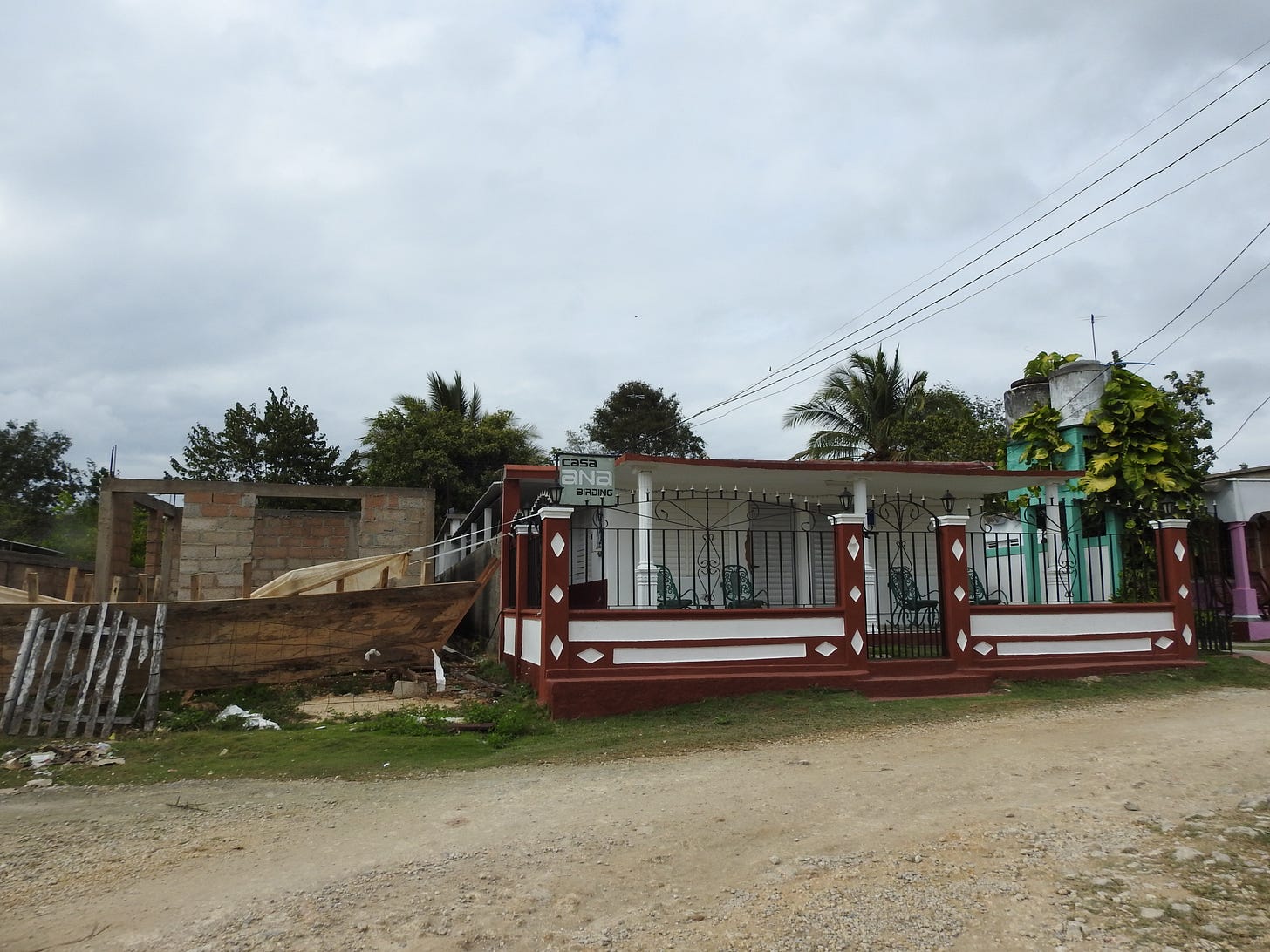
The last woodpecker we could possibly see on the trip was the Cuban Green Woodpecker, endemic to Cuba and the only member of its genus (Xiphodiopicus) in the world.
Its back is a beautiful and distinctive olive-lime green, but that’s not even its most striking feature. The bright red and black head and throat markings and the stunning yellow breast and belly streaked with delicate black streaks make this bird gorgeous at any angle.
It was common enough that we saw it several times in 2016, and I got lovely photos then, too.
In my lifetime, I’ve birded in at least 14 countries on four continents. Visiting any new country is a thrilling experience, but only a few countries, or a few birds, have so embedded themselves in my heart and soul that my yearning to return was strong enough that I’d spend thousands of dollars of my limited income to go there again rather than exploring someplace new.
I’m headed to the Dry Tortugas next month despite the fact that Russ and I went there in 1997, not because I’m likely to see a single lifer but because I didn’t have a camera last time. This trip is scheduled for the Magnificent Frigatebird’s breeding season and I yearn to see and photograph a male with his brilliant red throat ballooned out.
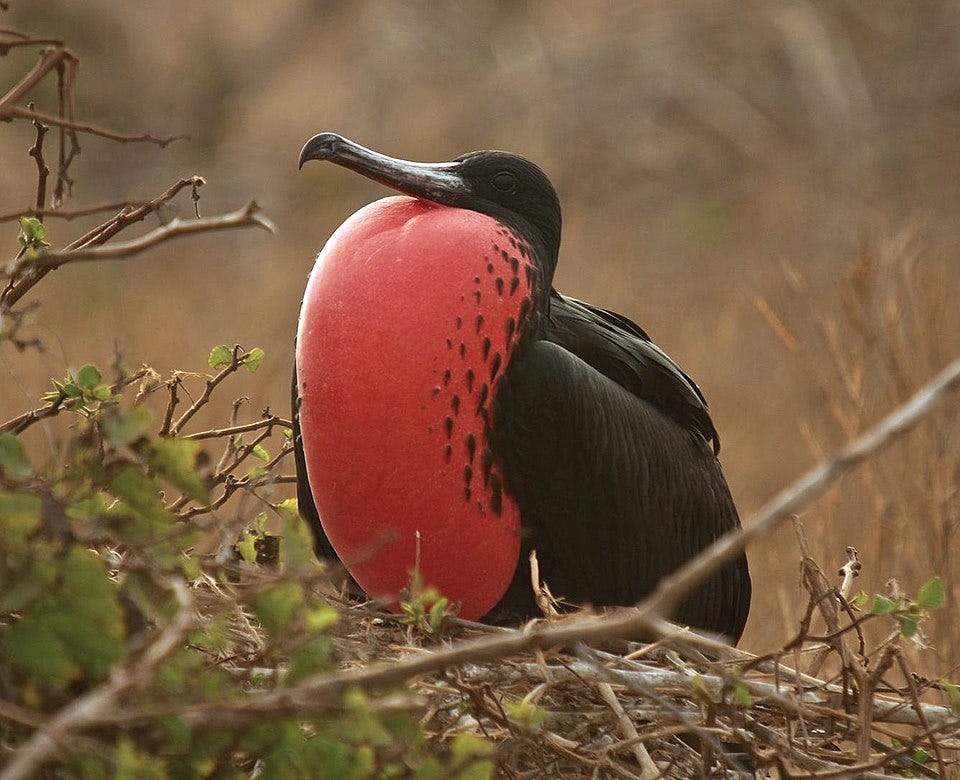
I may well accomplish that goal next month, and even if I fail, I’m sure to see and photograph plenty more splendid things.
I yearned to return to Cuba simply because I yearned to see Cuban Todies again. I accomplished that with bazillions of nice photos as well, but I came home with so much more, including two more woodpeckers on my Cuban list and lovely memories and photos of all five woodpeckers. Who could ask for more?


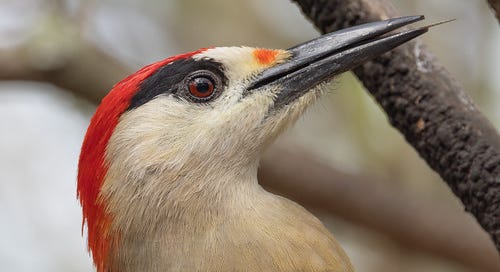


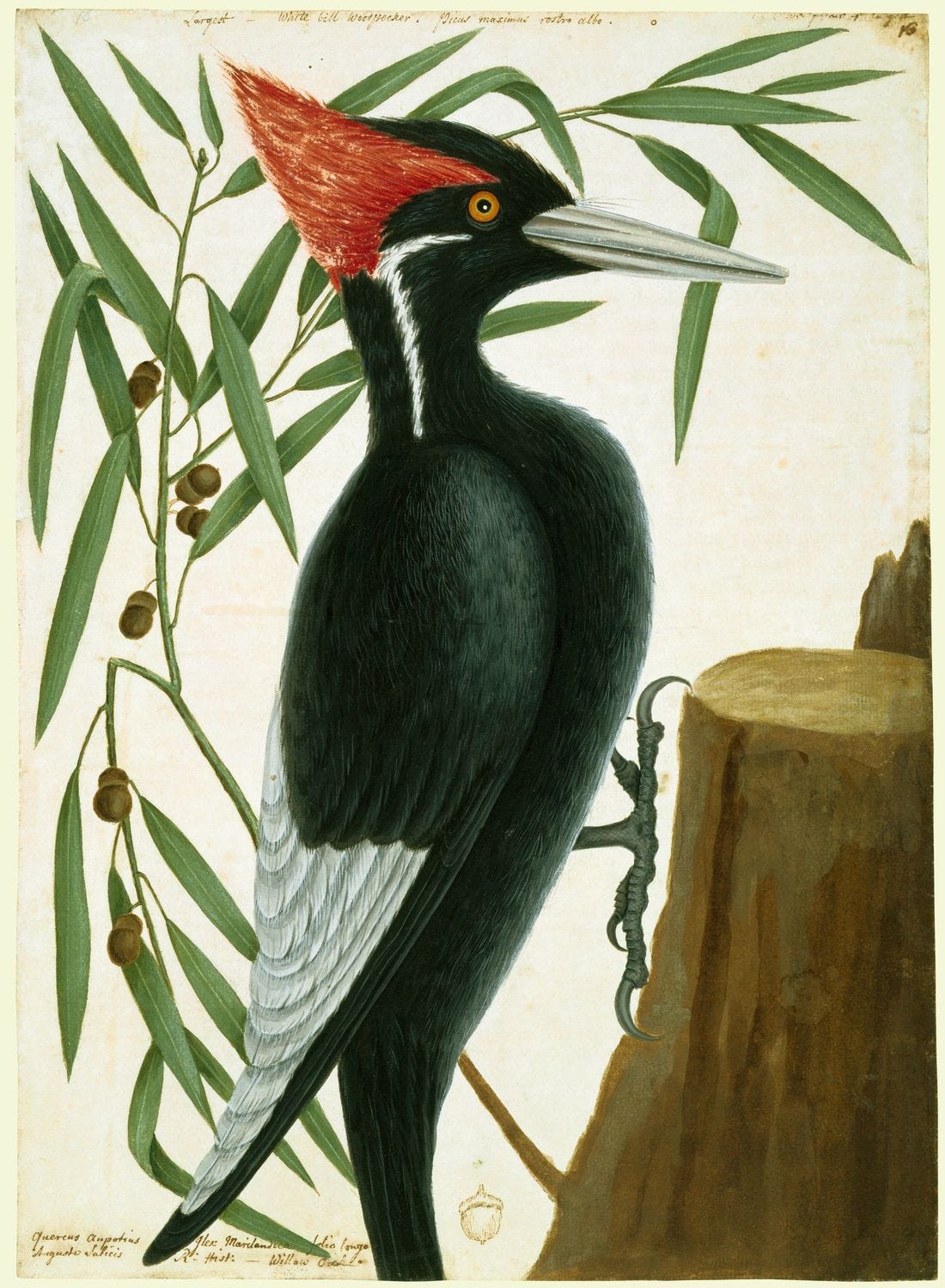


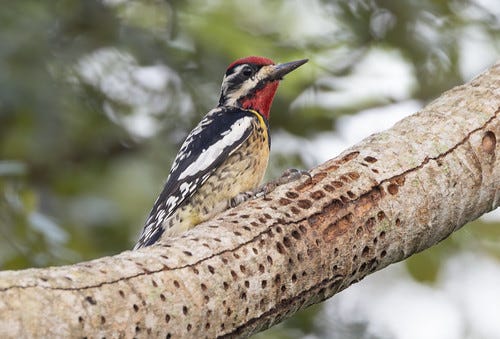
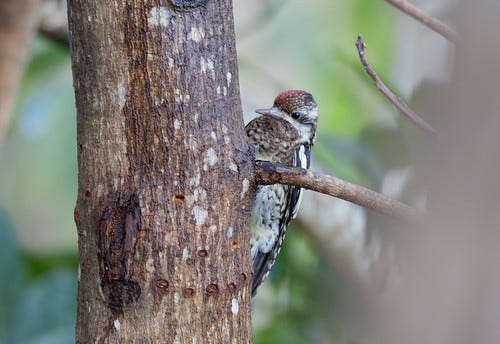

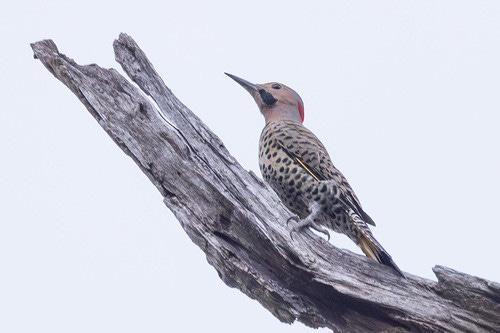
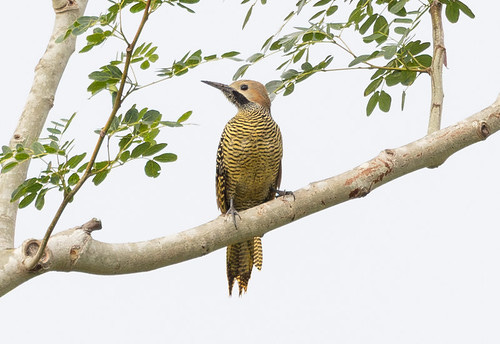
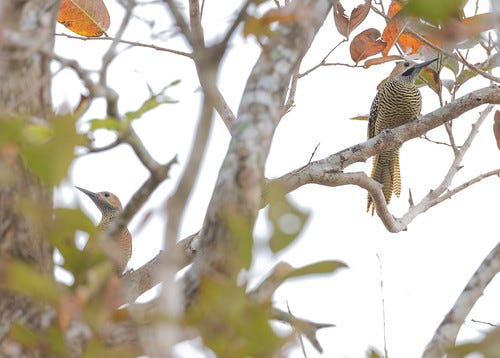
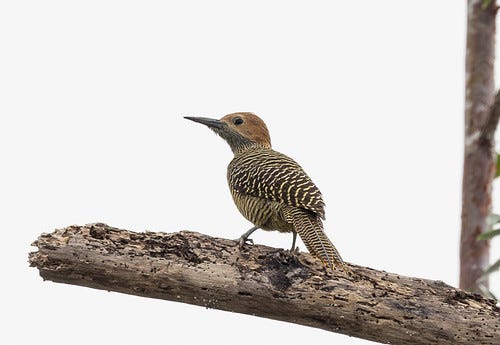
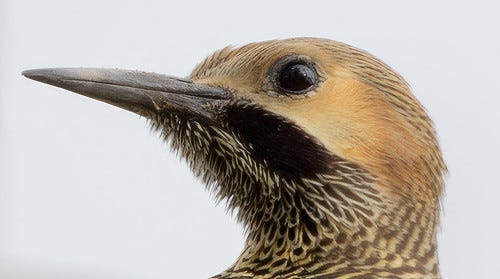
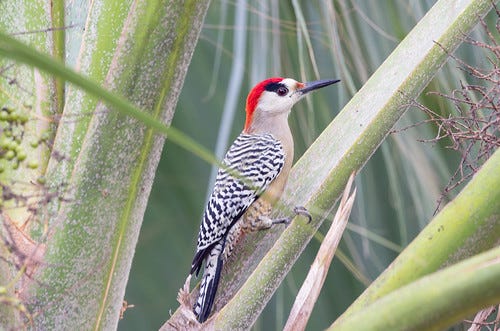
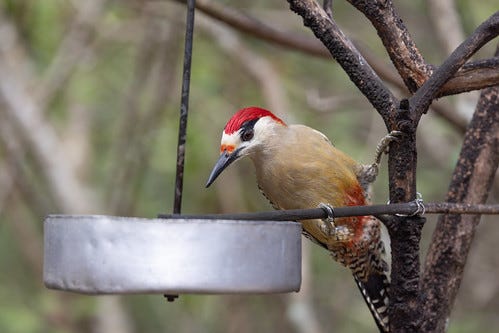

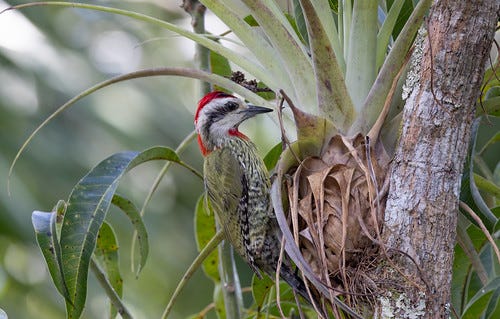
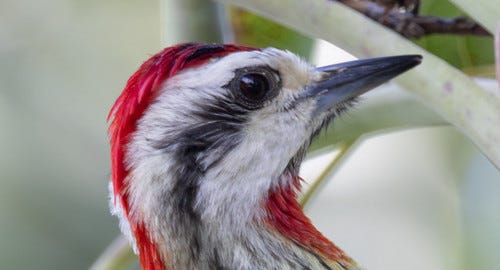
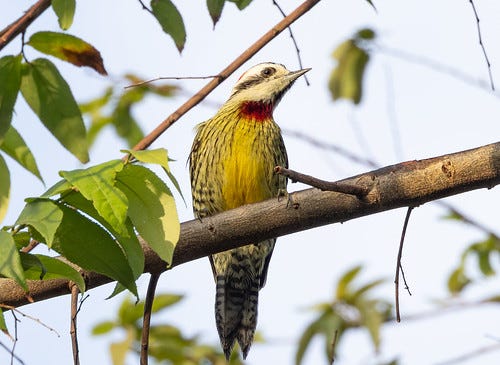
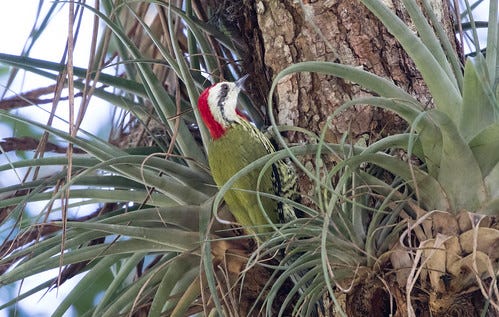

Loved reading about the beautiful Cuban woodpeckers and enjoying your gorgeous photos. All the while sitting at my table watching Downy, Hairy, and Nuttall’s Woodpeckers outside at my feeder!
Thank you, Laura!
You are like a live encyclopedia! It is so exciting to see these rare birds and hear your knowledge on them! Thanks again for sharing!!